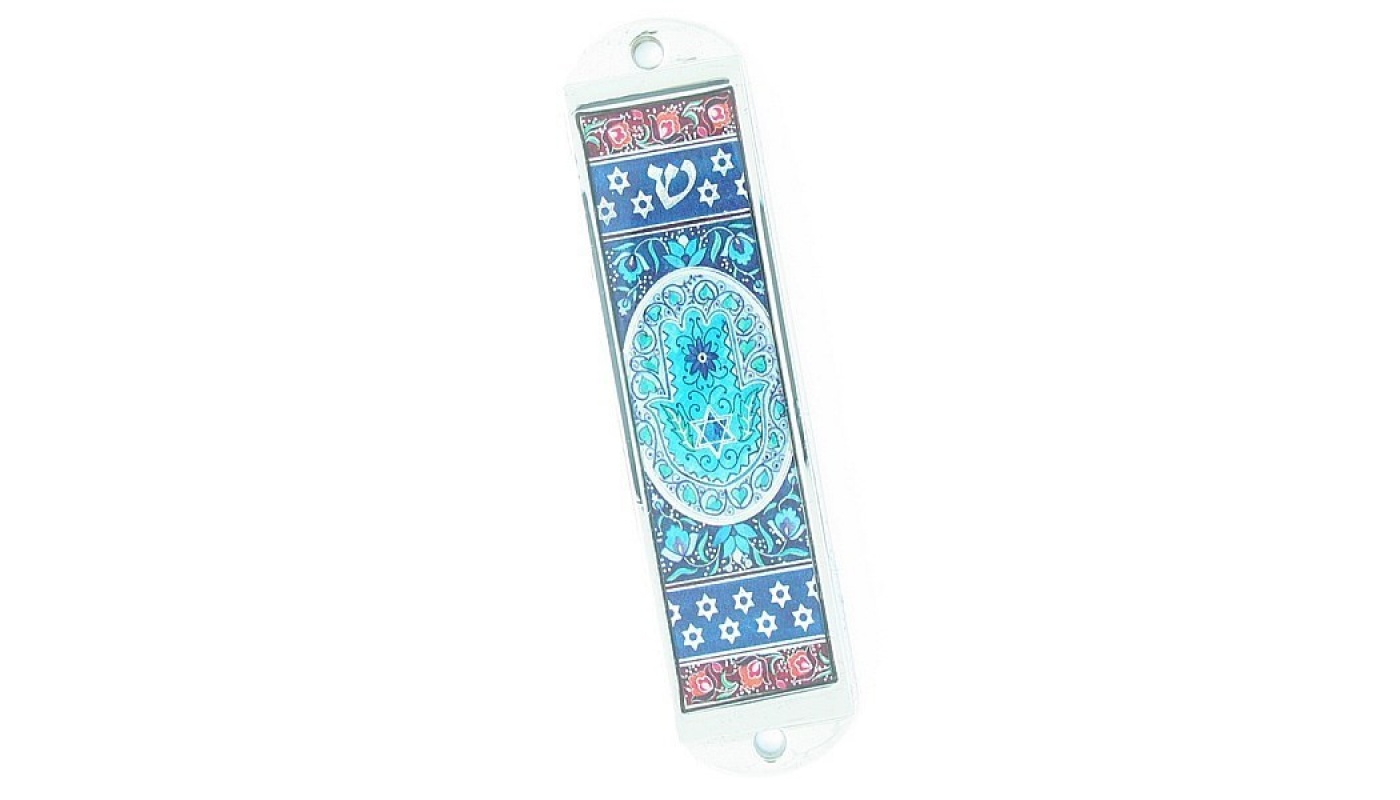Mezuzah Minutia
What Makes a Mezuzah Kosher? Part II: A Brief History.
As we continue our journey towards a deeper and more complete understanding of the Mezuzah, we must first pause for a quick look at the roots of this most mysterious and potent Jewish artifact.
The very origin of the mezuzah stems from the very biblical passage inscribed on the inserted mezuzah scroll. The bible text reads: “to write [these words] on the doorpost of your house and on your gates” (Deut. 6:4-9).
As for the actual mezuzah as we know it today, tradition tells us that the Jewish people have observed this commandment since it was given at Sinai in the Jewish year 2448 (1312 b.c.e.) It is debatable whether mezuzoth were actually in use during the forty-year journey through the desert, since the temporary huts used for dwelling were most likely exempt from the commandment, as all huts, booths, tree-houses and other temporary dwellings are today. It is safe to assume that the mezuzah became a permanent feature of the Jewish home from the time that the Jews settled in the land of Canaan in the period 2488-2502 (1272- 1258 b.c.e).
One of the earliest known reports of mezuzah observance is found in the Josephus’ Antiquities of the Jews. He writes:
They are also to inscribe the principal blessings they have received from G‑d upon their doors… that G‑d’s readiness to bless them may appear everywhere conspicuous about them.
Josephus notes that mezuzah was, already in his time, an ancient practice among the Jews.
Hopefully this brief glimpse into the source of this great mitzvah will leave us well-enough equipped to begin delving into some of the more complex laws and traditions in the next installment of “What Makes a Mezuzah Kosher?”.
For a slightly more elaborate account of the history of the mezuzah, check out chabad.org’s “History and Customs of the Mezuzah“.

